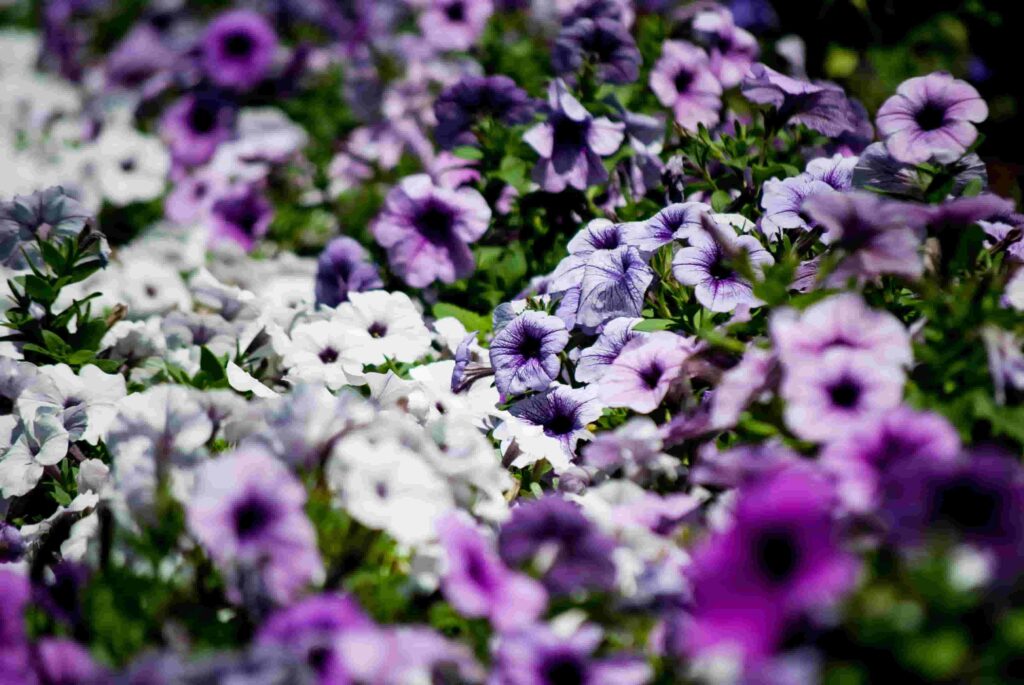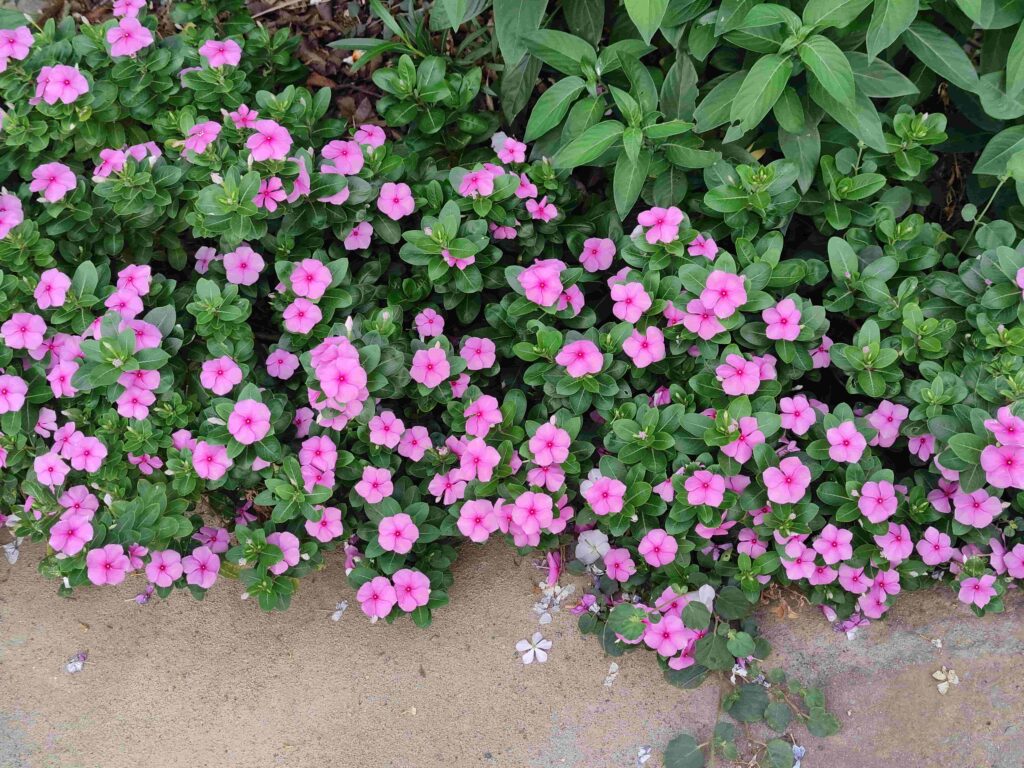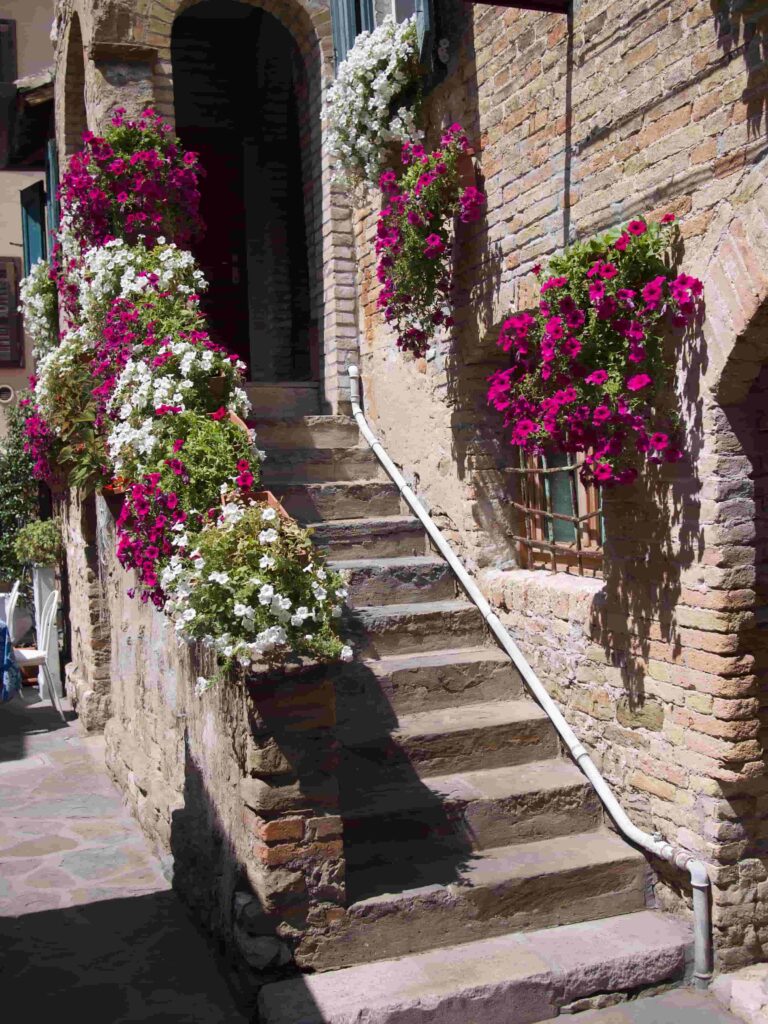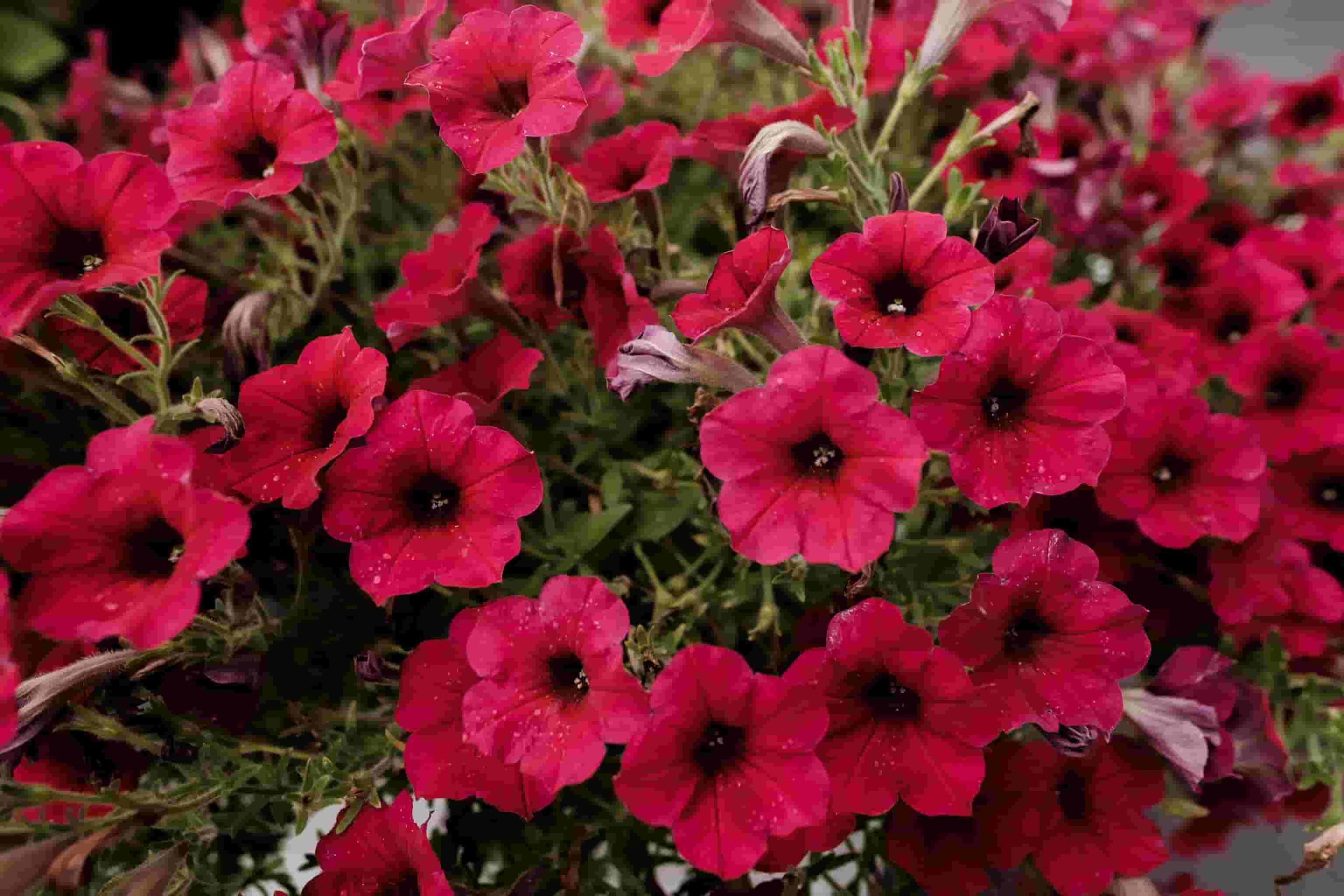परिचय
Few flowers can match the allure of petunias when it comes to providing a pop of color and charm to your yard. Petunia plants have gained popularity among gardeners and flower aficionados thanks to their vast variety of brilliant hues and beautiful flowers. The fascinating world of petunias, their different varieties, growth methods, and how to take care of them to create a flourishing and beautiful garden will all be covered in this article.
विषयसूची
- परिचय
- 1. Overview of Petunias
- 2. Different Types of Petunias
- 3. Choosing the Right Petunias for Your Garden
- 4. Planting Petunias
- 5. Caring for Petunias
- 6. Common Petunia Problems and Solutions
- 7. Creative Uses of Petunias in Landscaping
- 8. Attracting Pollinators with Petunias
- 9. Tips for Overwintering Petunias
- निष्कर्ष
- पूछे जाने वाले प्रश्न
1. Overview of Petunias
Petunias are blossoming plants classified within the Solanaceae family. Originating from South America, these enchanting blooms have gained immense popularity worldwide. They are known for their trumpet-shaped flowers, vibrant colors, and sweet fragrance. Petunia plants are versatile and can be grown in various climates, making them a fantastic addition to any garden.
2. Different Types of Petunias

2.1 Single Petunia
Single petunias feature a single layer of petals, showcasing their vivid hues. They are ideal for creating stunning beds, borders, or hanging baskets.
2.2 Double Petunia
Double petunias boast multiple layers of ruffled petals, resembling miniature roses. These varieties are perfect for adding a touch of elegance and charm to your garden.
2.3 Grandiflora Petunia
Grandiflora petunia plants exhibit large, showy blooms that are often fringed or picotee-edged. They are best suited for containers or as focal points in flower beds.
2.4 Multiflora Petunia
The multiflora petunia is well recognized for its compact growth habit and for producing a large number of tiny blooms. They are ideal for mass planting because of their great level of weather resistance.
2.5 Wave Petunia
The trailing or spreading habit of wave petunia plants is well known for producing cascades of vibrant flowers. They are ideal for ground cover, window boxes, and hanging baskets.
2.6 Miniature Petunia
Miniature petunia plants, also known as Calibrachoa or Million Bells, offer petite blooms in a wide array of shades. These charming plants are excellent for edging, borders, or container gardening.
3. Choosing the Right Petunias for Your Garden
Selecting the appropriate petunia varieties for your garden depends on various factors such as climate, sunlight exposure, and desired visual impact. Consider the following points when choosing your petunias:
- Climate Suitability: Different petunia types thrive in different climates. Determine whether your region experiences cool summers, hot and dry conditions, or moderate temperatures to select the most suitable varieties.
- Sunlight Requirements: Petunia plants generally prefer full sun exposure. However, some varieties can tolerate partial shade. Assess the sunlight conditions in your garden and choose petunias accordingly.
- Color Palette: Petunia flowers come in an extensive range of colors, from soft pastels to vibrant neon shades. Consider the existing color scheme of your garden and select petunia plants that complement or create a striking contrast.
- Growth Habit: Depending on your gardening preferences, you can opt for compact, mounding petunias or trailing varieties that spill over containers or walls.
4. Planting Petunias

4.1 Selecting a Suitable Location
Petunia plants thrive in well-draining soil and require at least six hours of direct sunlight daily. Choose a location that offers these conditions to ensure healthy growth and abundant blooms.
4.2 Preparing the Soil
Before planting petunia, prepare the soil by removing weeds, rocks, and other debris. Enhance soil fertility and drainage by integrating organic materials like compost or thoroughly decomposed manure.
4.3 Planting Seeds or Transplants
You can start petunia plants from seeds indoors, six to eight weeks before the last frost date, or directly sow them in the garden after the danger of frost has passed. Alternatively, purchase healthy transplants from a reputable nursery.
5. Caring for Petunias
5.1 Watering
Petunia plants require regular watering to maintain optimal moisture levels. Water deeply when the top inch of soil feels dry, and avoid overwatering, as it can lead to root rot.
5.2 Fertilizing
Apply a balanced, water-soluble fertilizer every two to three weeks during the growing season to promote vigorous growth and abundant blooms. Follow the instructions on the fertilizer packaging for appropriate dosage.
5.3 Pruning and Deadheading
To encourage continuous blooming, pinch back the tips of petunia plants when they reach around six inches in height. Remove spent flowers regularly to prevent seed production and redirect the plant’s energy towards new blooms.
5.4 Pest and Disease Control
Keep a close eye on your petunia plants for common pests like aphids, snails, and slugs. Treat infestations promptly using organic or chemical insecticides, following the recommended guidelines. Monitor for diseases such as powdery mildew or botrytis blight and take appropriate measures to control them.
6. Common Petunia Problems and Solutions
- Yellowing Leaves: Yellowing leaves can indicate overwatering or nutrient deficiencies. Adjust the watering frequency and consider applying a balanced fertilizer.
- Leggy Growth: Leggy or elongated growth occurs when petunias receive insufficient sunlight. Ensure they receive the recommended hours of direct sunlight daily.
- Fading Colors: Fading flower colors may result from aging blooms or inadequate sunlight. Remove spent flowers and ensure proper sun exposure for vibrant blooms.
7. Creative Uses of Petunias in Landscaping

Petunia plants offer endless possibilities for creative landscaping ideas. Here are a few inspiring ways to incorporate these plants into your garden:
- Colorful Borders: Plant petunias in a border arrangement along pathways or garden beds for a burst of vibrant colors and a visually striking display.
- Container Gardens: Create stunning container gardens by combining different petunia varieties with complementary foliage plants. Place them on patios, balconies, or porches for a delightful floral arrangement.
- Hanging Baskets: Utilize the trailing habit of wave petunia plants to create beautiful hanging baskets that cascade with colorful blooms. Hang them from pergolas, arbors, or hooks for an eye-catching vertical display.
- Edging and Pathways: Plant miniature petunias along garden edges or pathways to add a touch of charm and definition. Their compact size and abundant blooms create a welcoming and visually appealing border.
- Mass Plantings: For a dramatic impact, mass plant petunias in large beds or flower borders. Choose a single color or mix different shades to create a vibrant carpet of blossoms.
8. Attracting Pollinators with Petunias
Petunia flowers, with their abundant nectar and vibrant colors, attract a variety of pollinators to your garden. Bees, butterflies, and hummingbirds are particularly drawn to these enticing blooms. By incorporating petunia plants into your garden, you contribute to the well-being of these pollinators and promote a thriving ecosystem.
9. Tips for Overwintering Petunias
In regions with mild winters, petunia plants can often survive through the colder months and continue to bloom in the following spring. Follow these tips to overwinter your petunias successfully:
- Trimming: Cut back the petunia plants to about half their height before the first frost. This helps reduce stress and allows for better overwintering.
- Mulching: Apply a layer of mulch around the base of the plants to protect the roots from freezing temperatures.
- Covering: In areas with harsh winters, consider covering the petunias with frost blankets or move container plants to a sheltered location.
निष्कर्ष
Petunias are truly nature’s gift to gardeners, offering an endless array of colors, patterns, and forms. From their captivating blooms to their easy-to-grow nature, these plants are a must-have for any garden enthusiast. By following the planting and care guidelines outlined in this article, you can enjoy a flourishing garden filled with the vibrant beauty of petunias.
पूछे जाने वाले प्रश्न
1. Can petunias tolerate heat?
Yes, petunias are generally heat-tolerant. However, it’s essential to provide them with adequate water during hot and dry periods.
2. Do petunias require deadheading?
Yes, removing spent flowers encourages continuous blooming and prevents seed production. Regular deadheading helps petunias redirect their energy towards new blooms.
3. Can I grow petunias indoors?
Petunias thrive in outdoor conditions with ample sunlight. While it’s challenging to grow them indoors, you can try using grow lights to provide the necessary light intensity.
4. How often should I fertilize petunias?
Apply a balanced, water-soluble fertilizer every two to three weeks during the growing season to promote healthy growth and abundant blooms.
5. Can I save petunia seeds for the next season?
Petunias are usually hybrid plants, and their seeds may not produce plants with the same characteristics as the parent. It’s more reliable to purchase new seeds or transplants each season for consistent results.

